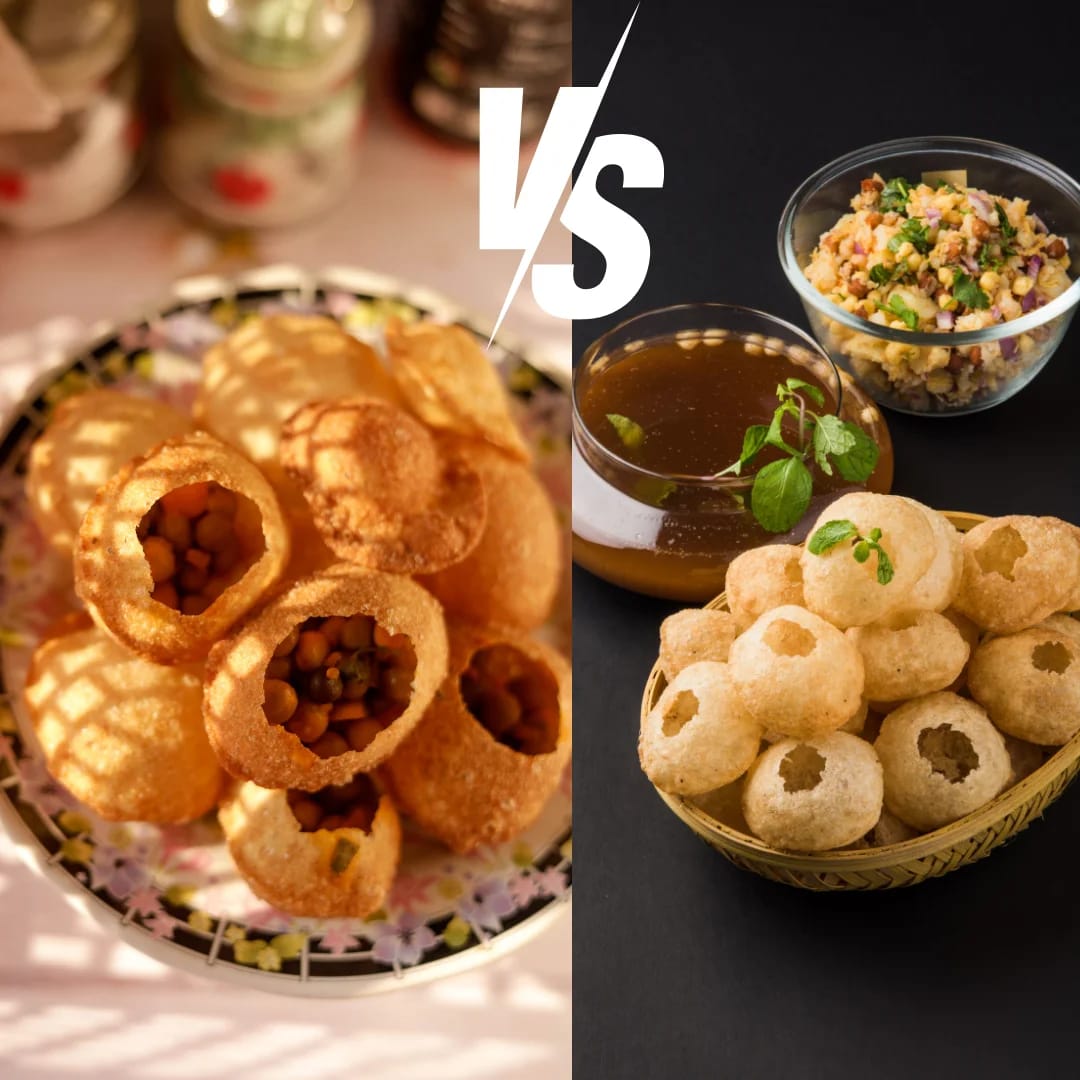India’s beloved street snack—crispy, hollow spheres filled with tangy water and spicy fillings—goes by many names and even more variations. Whether you call it golgappa, puchka, or panipuri, this bite-sized delight reflects the culinary diversity of the subcontinent. As food festivals and social media debates reignite regional pride, here’s a closer look at what sets each version apart.
Key Highlights From The Regional Breakdown
- Golgappa is popular in North India, especially Delhi, Punjab, and Uttar Pradesh. It features a semolina-based shell filled with spicy mashed potatoes and served with tangy tamarind water
- Panipuri dominates western states like Maharashtra and Gujarat. It uses a thinner wheat-based shell and includes fillings like ragda (spiced white peas) or sprouts, paired with sweet-sour water
- Puchka reigns in Bengal, Odisha, and Assam. It’s made with whole wheat flour and filled with mashed potatoes mixed with black salt, tamarind pulp, and green chilies, served with spicy, sour water
- The water itself varies widely: mint-heavy in Delhi, jaggery-sweet in Gujarat, chili-forward in Kolkata, and cumin-rich in Hyderabad
- Vendors often customize spice levels, fillings, and water blends based on local preferences and seasonal ingredients
Cultural Resonance And Street Food Identity
- The snack is a staple at fairs, markets, and weddings, often sparking friendly debates over which version reigns supreme
- Food bloggers and chefs are now experimenting with fusion versions, including avocado fillings, beetroot shells, and probiotic waters
- Despite its humble origins, the snack has found its way into gourmet menus and international food festivals
Sources: Hindustan Times Food Desk, India Today Culinary Bureau, NDTV Food Culture Reports, Times of India Street Eats Tracker, Local Vendor Interviews Across Kolkata, Mumbai, Delhi, and Ahmedabad

